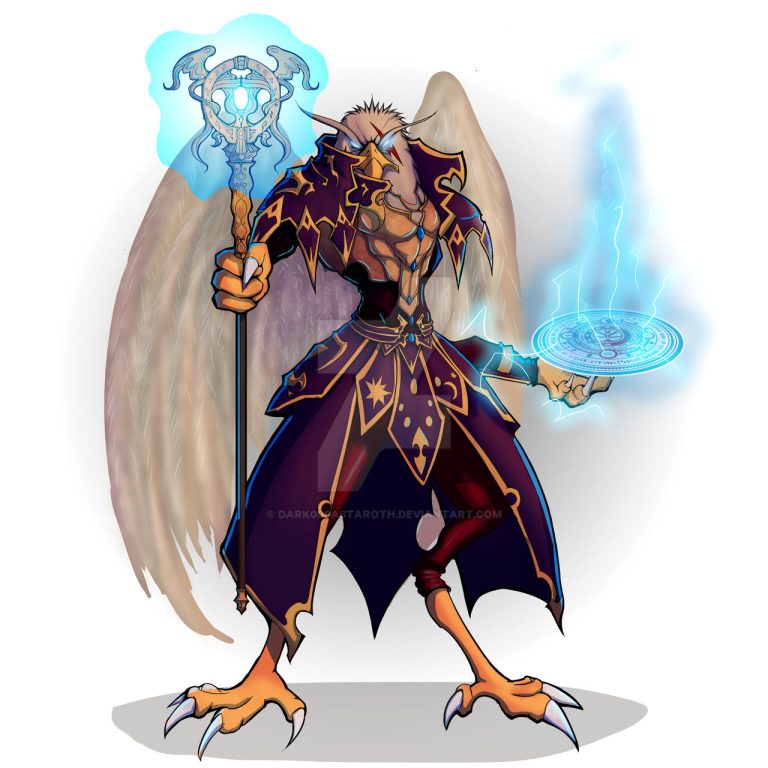D&D 5E: Halfling Paladin Guide

D&D 5E: Halfling Paladin Guide
While a Halfling might not be the first thing that comes to mind when you imagine a traditional Paladin, built correctly they’re an incredibly solid choice that can offer a lot to any party.
A Halfling Paladin will be equally comfortable charging forward clad in plate armor, with a shield and the biggest weapon you can carry, skulking around the shadows using your naturally high DEX, or chatting with kings and queens.
The Halfling race AND the Paladin class can be found in the Player’s Handbook. Click here to pick up your own copy of The Player’s Handbook!
How to make a Halfling Paladin
Halflings can make extraordinarily powerful Paladins, despite being a small-sized race with no innate STR stat boost.
That means that you’ll have to be more careful when building your paladin, but in return, you’re getting a whole host of useful abilities from the Halfling race.
The principal among these is the lucky ability, which lets you reroll 1s on attacks, ability checks, and saving throws. On a naturally tanky class that’s going to be on the frontlines, that’s an invaluable ability. If you’re heavily party-focused, there are even feats that let you extend this out to the rest of your party members.
For subraces, check out the Stout Halflings, which give a bonus to CON and extra resistances to poison, or the Lightfoot Halflings, which give you a bonus on CHA and a stealth ability. This can prove especially handy in campaigns that need a touch of subterfuge.
Stat Priority
Generally, Paladins are built around strength, but the lack of STR bonus on a Halfling is going to make that difficult. This means most Halfling Paladins are going to be built around DEX. DEX Paladins are very strong, especially if you’re going sword and board, but it does make multiclassing difficult, as you’ll need a 13 in STR to multiclass.
For starting stats, you’re going to want to start with a 16 in DEX, because this will be your primary combat stat. Then put as many points as you can into CON for HP and CHA for spellcasting. 14 in both is a good benchmark.
As you level, ability score improvements should be put into DEX first then into CON or CHA.

Gearing
Choosing gear for a Halfling Paladin is generally pretty simple. Your small size already locks you out of two-handed weapons like Greatswords or Polearms, so you’re probably going to go with a one-handed, finesse weapon and a shield, or maybe two-weapon fighting.
Because you have high DEX, you’re also naturally suited for ranged weapons, so packing a bow for the times you can’t run up and hit things is a good plan. Bear in mind that you can’t Smite with a ranged attack, though.
With your DEX build, you’re probably not aiming for heavy armor, because of the strength requirements.
Instead, look for light or medium armor and a shield. You’re probably going to have an AC of 17-18 at level 1, and that will stay competitive as you level. Your proficiencies also make you pretty flexible in terms of magic item usage.
How to play a Halfling Paladin
A paladin’s main role is a frontline striker. They can pour on the damage to key targets with their Smite skill, which adds massive damage to attack rolls, especially on crits. A paladin also has a D10 hit dice and generally pretty high armor class, making them an excellent tank as well.
Paladins are also spellcasters, with half-casting available from level 2. This gives them a very limited amount of spells per day, but each one tends to be very strong. The paladin spell list is focused around self-buffs at early levels, with some incredibly powerful buff and healing options at mid to high levels.
Your spell slots are also used to fuel your Smites, adding 2D8 holy damage for a level 1 spell slot, with another 1D8 per higher spell level.
Outside of combat, Paladins have some built-in healing with their Lay On Hands skill, which gives them a free pool of HP to keep the party going. They’re also a natural face, because of their high CHA, so consider getting skill proficiencies in Persuasion, and maybe Deception, if that’s your style.
Subclasses
The Paladin has 8 published subclasses:
- Oath of Ancients: Mobile, with a suite of defensive options and ways to lock down the enemy.
- Oath of Conquest: Conquest is a tyrant, and focuses on fear effects, with a strong spell list.
- Oath of the Crown: The Crown protects and heals its allies, making the party stronger
- Oath of Devotion: The traditional knight in shining armor paladin, holy and true. Great against the undead, and a decent general-purpose choice.
- Oath of Glory: Glory paladins have multiple ways to enhance themselves and their party, including a lot of out of combat utility.
- Oath of Redemption: Designed as a peaceful healer. The weakest of the subclasses, mechanically.
- Oath of Vengeance: Pour on the hurt, becoming very good at focusing down a single target. If you want to stab foes dead.
- Oath of the Watchers: Anti-magic, including boosts to saves and Initiative.
How to roleplay as a Halfling Paladin
Halflings are generally very gregarious and are society-oriented people, so a noble halfling would be naturally suited towards taking up the mantle of a paladin, especially since the stereotypical paladin is a heroic knight in shining armor that everyone is glad to see.
Remember that paladins are dedicated to their cause, so the biggest questions you should be asking yourself are:
- Why did your character become a paladin?
- What events in their life shaped their worldview and put them on this path?
- Why do they put themselves in danger to save others like this?
D&D veterans might be aware of the term Lawful Stupid. Put as simply as possible, Paladins in older editions were held to a very strict standard, and your GM could take away all of your powers if you acted outside of that standard, which led to players making dumb decisions and acting against their party.
Thankfully, there are no restrictions on how you RP your paladin in D&D 5E. If you want to be a bit of a roguish scallywag, go right ahead.








